Scurrilous Attack on Chelsea
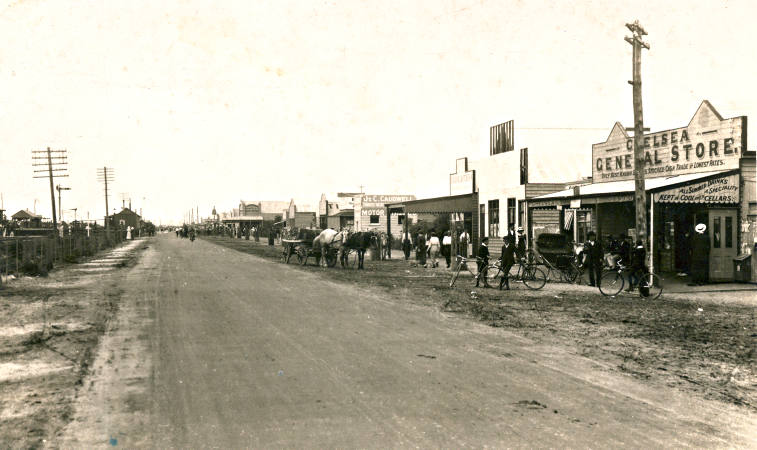
Main Road, Chelsea, c1915. Railway station to the left with Chelsea General Store to the right. Courtesy Chelsea & District Historical Society.
During the 1920s the Chelsea community struggled to remove a perception that it was a place of bohemian life styles, riotous living, sifting population, weekend invasions of alcohol swilling individuals, and temporary or second-hand accommodation. By mid-decade many believed success had been achieved. Chelsea, had in turn, achieved its separation from the Shire of Dandenong, been created a Borough, and was on the way to being named a Town. So it was with some dismay when a few members of the community discovered that the Sydney journal, the Smith’s Weekly, had published an article entitled ‘The Immoralities of Chelsea.’ Once knowledge of the contents of the article spread through the community the rage grew. [1]
The anonymous writer labelled Chelsea as the township of the three Ss ; Sin, Sand and Sardines. He went on to suggest that a ‘clean up of this sink of iniquity’ was overdue. He claimed that a local policeman said that week after week the same girls appeared, but with different boys. While Cr Roy Beardsworth, in a letter to the Carrum Borough Gazette, was prepared to admit that Chelsea was not free of sin he was adamant that it had no more or less than would be found in any other average community. The statement about the girls being seen with different boys was a cruel reflection on the girls who visited Chelsea. He challenged the writer to come out of hiding and substantiate the statements made in the article with a signed statement published in the Gazette or any other newspaper. Beardsworth went further and invited the writer to attend a public meeting and address the gathering in support of his article. [2]
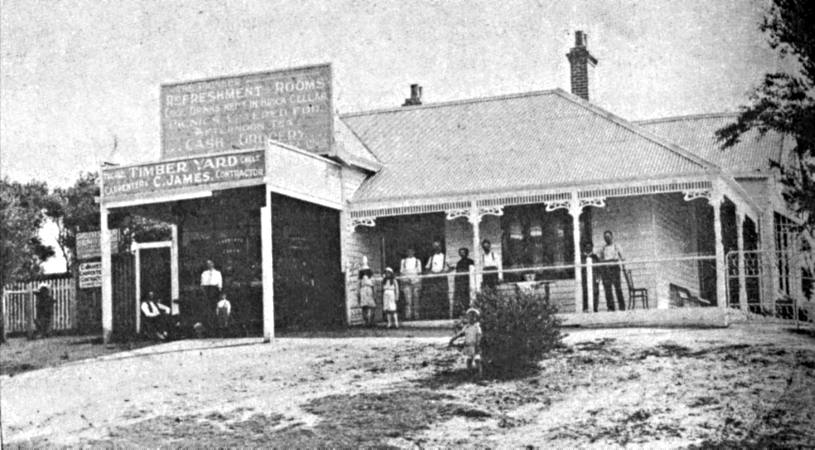
Chelsea Refreshment Rooms and Timber Yard. Courtesy Chelsea & District Historical Society.
The public meeting called by the three councillors of the Centre Ward was held in Mason’s Theatre on a Sunday afternoon. Upwards of 1000 people attended to hear speakers express their contempt and indignation at the scurrilous article and listen to the light entertainment provided by the Mordialloc Band. Beardsworth had already made his position clear in his letter to the newspaper. Chelsea, he suggested, was populated by thousands of permanent and highly respectable citizens, many of whom were originally weekenders and campers. Chelsea was not a city of shacks. Beardsworth assured the meeting that Senior Constable Hore told him no resident had been charged with drunkenness since he took up duty at Chelsea and at no time had police made the statement about wild parties attributed to them in the Smith’s Weekly article. No orgies had occurred.
In opening the meeting Cr Williams made the same point as Cr Beardsworth. Sin, he suggested, was no more prevalent in Chelsea than elsewhere and he stressed the fact that the Council, since its inception, had done everything it could to make the Borough a fit place to live in. The management of the foreshore he said was a credit to the municipality and Carrum Council was looked to by others for guidance in establishing their own regulations.
Cr Beardsworth moved the motion: “We the residents and ratepayers of the Borough of Carrum hereby absolutely deny the truth of an article in Smith’s Weekly of December 19th, entitled ‘The Immoralities of Chelsea.’ We consider that the article in question is a slander and detrimental to the best interests of one of Victoria’s finest bayside towns, and a highly respectable community, and that this meeting calls upon the local council to take all possible legal action to deal with what is in our opinion a scurrilous and unjustified attack upon the centre of the Borough of Carrum, viz., Chelsea.” [3]
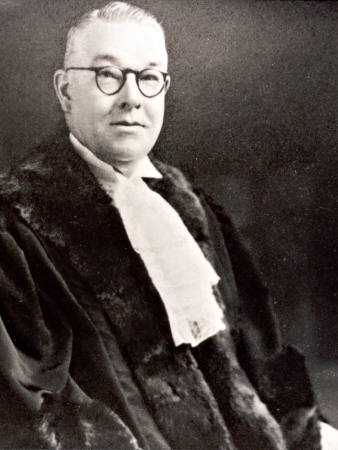
Councillor Beardsworth, a mayor and councillor of Chelsea. Courtesy Kingston Collection.
Many people spoke in favour of the motion including councillors, the town clerk, and municipal inspector along with individuals representing the Eastern District Fire Brigade Demonstration Committee, the Federated Progress Association and the Caledonian Society.
The chairman of the meeting put the resolution which was then passed unanimously amidst scenes of wild enthusiasm. Mr Barfoot commented that the author of the article should be found out and tarred and feathered, as he believed Chelsea had almost everything required; five churches and every public convenience. The only thing missing, in his view, was an up-to- date residential hotel and that, he believed was on the way.
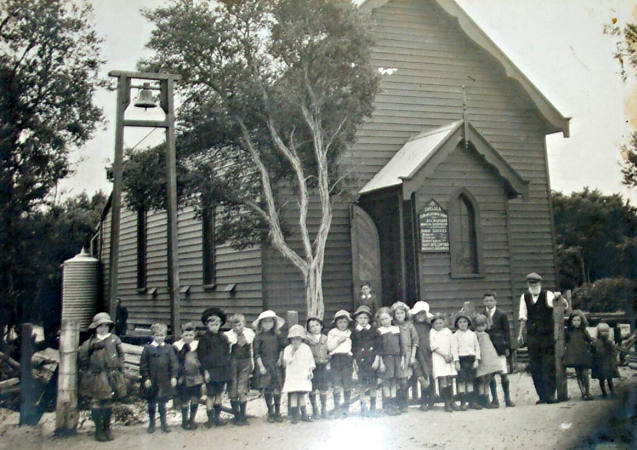
Children outside the Congregational Church, Chelsea, c1920. Courtesy Chelsea & District Historical Society.
Frank Groves, the local parliamentary member of the Legislative Assembly, wrote to the Age newspaper condemning the Smith’s Weekly article. Probably as a result of this action the Age published an article headed ‘Bayside Resorts, The Morals of Chelsea and Behaviour on Beaches’ in which the ‘prurient minded’ were castigated for seeing ‘normally free behaviour of individuals as evil.’ The Age reporter went on to point out that the ‘migratory population’ that visited Chelsea during the holiday were ‘orderly in the broadest sense of the word’ and during the holidays a foreshore patrol of five men was on duty on the beach. The suggestion in the Smith’s Weekly article that the ‘wildest licence obtains at night’ was, the Age suggested, ‘a figment of a diseased imagination.’ The one deficiency that the Age perceived at Chelsea was the lack of a promenade or street separating residences from the beach, but acknowledged this deficiency was not the fault of the Council as the decision had been made by the Lands Department many decades earlier. [4]
Early in January 1926 the Borough Council of Carrum, on the initiative of Crs Beadsworth and Williams, wrote to the Age thanking the editor for the splendid article published in his paper and to the Hon. Frank Groves for his action in writing to the Melbourne dailies replying to the scurrilous attack in the Sydney paper. [5] From that time on the fury of the local community against the actions of the Smith’s Weekly appears to have dissipated and the threatened legal action by Council aborted.
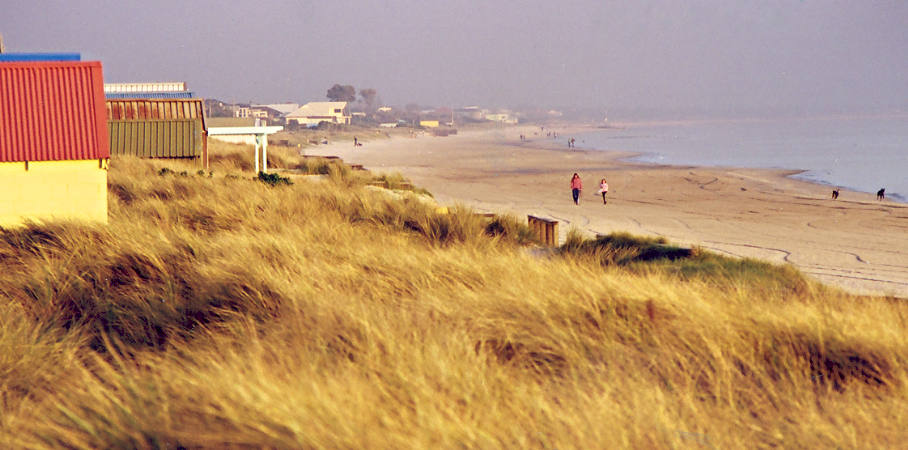
Bathing Boxes and Seagrass on Chelsea Beach, c2000. Photographer John Madge. Courtesy Kingston Collection.
Footnotes
- A search of the Smith’s Weekly microfilm held by the State Library failed to find the offending article. This suggests the article was not published in all editions of the paper. The comments included here are drawn from the Chelsea Borough Gazette, 19 December 1925.
- Carrum Borough Gazette 19 December 1925.
- Carrum Borough Gazette, 26 December 1925.
- The Age 20 December 1925.
- Carrum Borough Gazette, 16 January, 1926.
